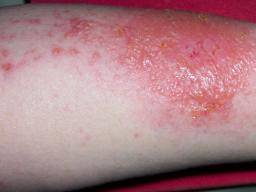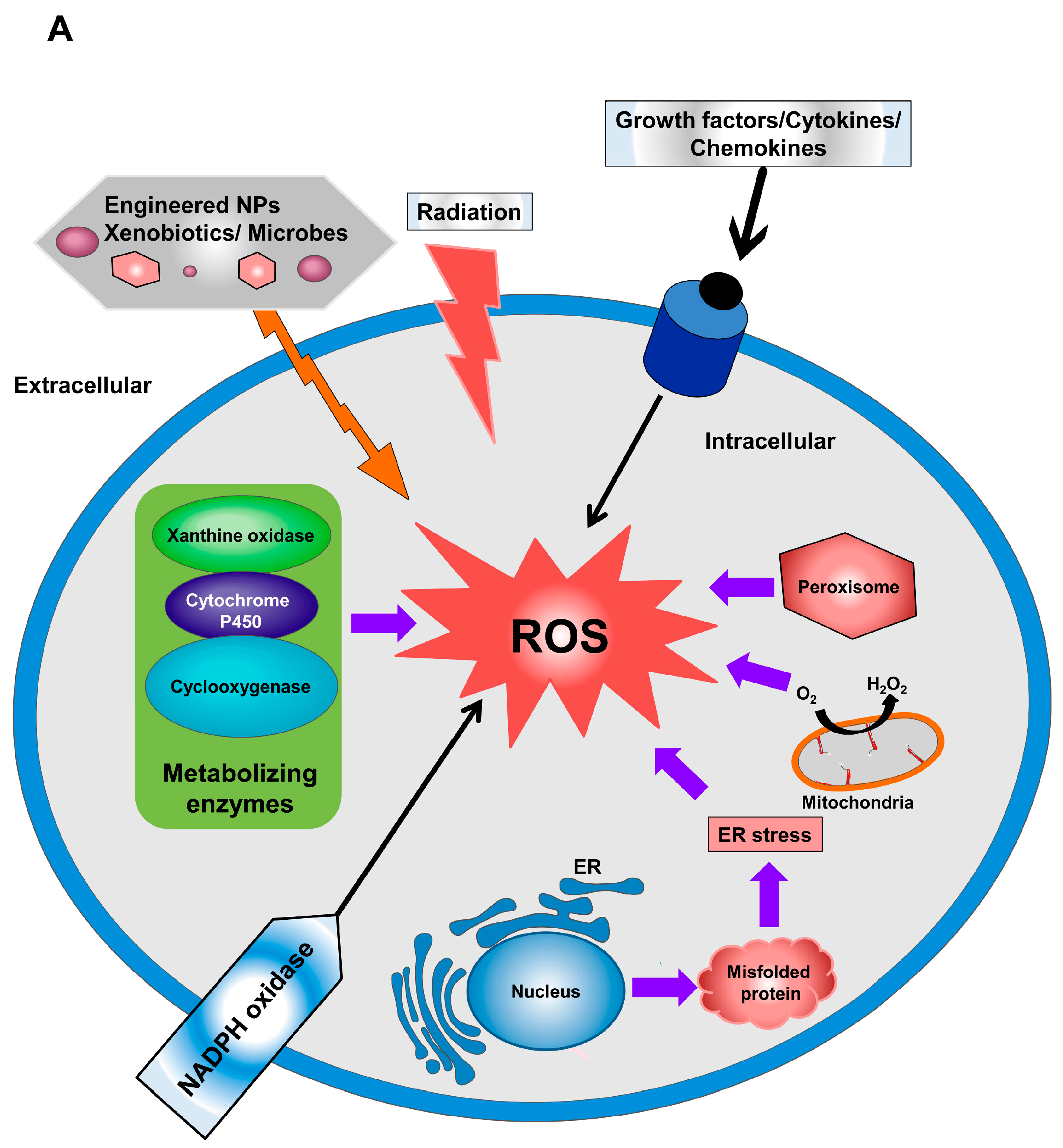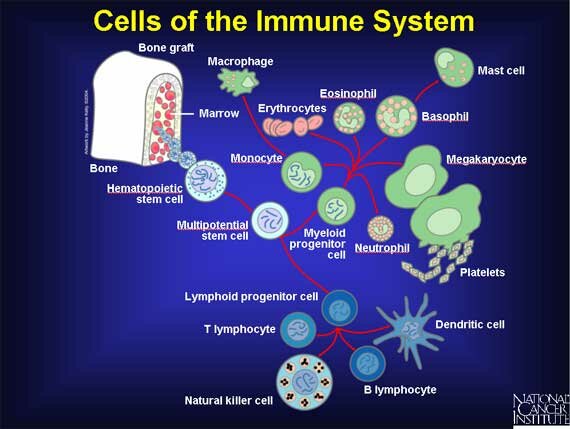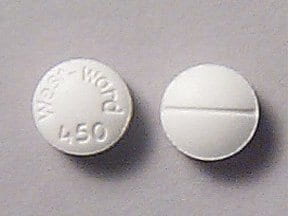Intro/Source: What Are Stinging Nettles?
- Common weed found in several portions of the United States
- Known as Urtica dioica
- Thrives where the moisture is high
Information obtained from: Mechanism of Action of Stinging Nettles
- Leaves and stems covered with trichromes, which sting whatever comes in contact with it. This is there as a defense mechanism (Aurora Health Care)

https://www.wemjournal.org/article/S1080-6032(11)00002-0/fulltext

https://www.thegrowers-exchange.com/Nettle_Urtica_dioica_p/her-net01.htm
Toxicokinetics/Target Organ
When a person is stung by this plant, inflammatory chemicals are injected into the skin, including formic acid, acetylcholine, serotonin, and histamine. This can result in irritant contact dermatitis. The target organ is the skin. (Casarett and Doull).

https://www.medicalnewstoday.com/articles/318099.php
Mechanism of Action

https://www.compoundchem.com/2015/06/04/nettles/
Not much is known about the mechanism. The symptoms associated with the sting are due to penetration of the skin and liquids being transferred from the plant to the person. Source: (Aurora Health Care).
According to Oliver et al., symptoms are associated with an increase in mast cells, so it is possible that mast cells contribute to symptoms.
According to Ozen et al., the plant can affect biotransformation enzymes in the liver and antioxidant enzymes, resulting in an attenuation of oxidative stress. Refer to the paper for more information.
Signs and Symptoms of Toxicity
Burning and stinging may occur in the area where skin was exposed to the plant. A hyperemic rash may follow (Mechanism of Action of Stinging Nettles).
Symptoms may not last for long, so a lot of people don’t seek medical attention. However, there is variability in response (Aurora Health Center).
Unique Exposure
Unlike other toxicants on my website, there are several benefits to using the Utrica diocia. The plant has the potential to mitigate symptoms associated with osteoarthritis, allergic Rhinitis, and asthma. Source: Aurora Health Care.

https://www.top10homeremedies.com/kitchen-ingredients/10-health-benefits-stinging-nettle.html
Treatment
It is recommended that the exposed area be washed with water and to avoid heat exposure. In addition, topical agents such as aloe vera and cool compressors may alleviate symptoms (Aurora Health Care).
Other treatment options include using the plants Rumex obtusifolius, Salvia officinalis, or Mentha x piperita to mitigate biochemical mechanisms associated with the rash (Mechanism of Action of Stinging Nettles).

https://www.wikihow.com/Treat-a-Sting-from-a-Stinging-Nettle

https://www.wikihow.com/Treat-a-Sting-from-a-Stinging-Nettle

https://www.wikihow.com/Treat-a-Sting-from-a-Stinging-Nettle
Biomarkers
Potential biomarkers include chemicals associated with poisoning, such as histamine and acetylcholine, in addition to other chemicals such as the leukotriene B4 (Aurora Health Care).



























